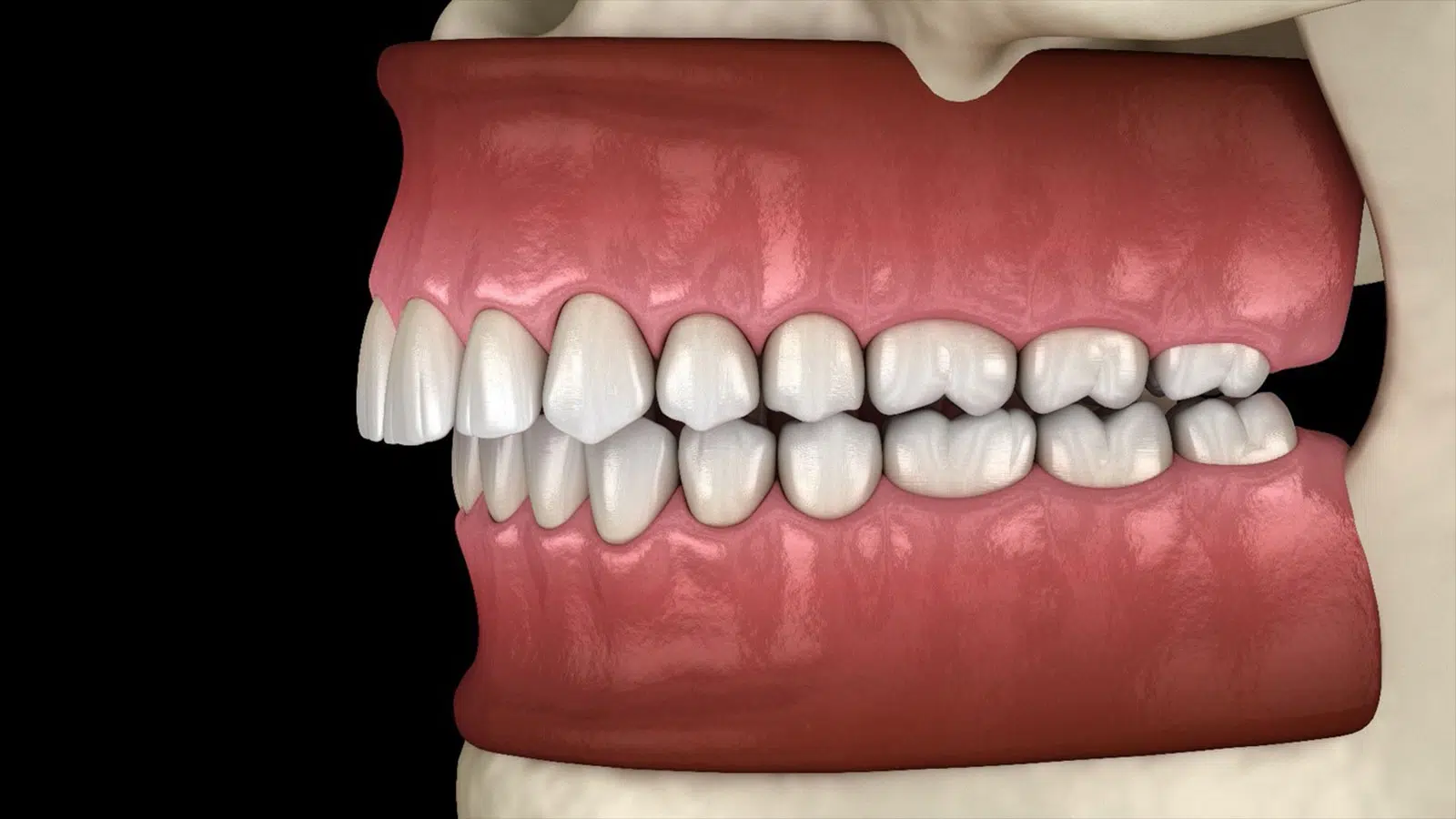Dental implants are considered one of the most modern and successful techniques for replacing missing teeth. Whether you’ve lost a single tooth or multiple teeth, dental implants offer a permanent and natural solution that restores your confidence in your smile and the functionality of your teeth. But what exactly are dental implants?
Dental implants are a procedure where the roots of missing teeth are replaced with metal posts (usually made of titanium) that resemble screws and are fixed into the jawbone. These posts serve as a foundation for attaching an artificial tooth that looks and functions like a natural tooth, providing both aesthetic and functional benefits.
Advantages of Dental Implants:
- Restoring Natural Appearance and a Beautiful Smile:
Dental implants look exactly like natural teeth, helping individuals regain confidence in their smiles. - Improving Oral Function:
Implants allow for normal chewing and speaking, significantly enhancing quality of life. - Preserving Jawbone:
Implants prevent bone loss in the jaw, which typically occurs after tooth loss. - Durability:
Dental implants offer a long-term solution and can last a lifetime with proper care. - Comfort:
Implants are fixed and do not require removal or adhesives like traditional dentures.
Requirements for Dental Implant Surgery:
Although dental implants are suitable for most individuals with missing teeth, certain conditions must be met:
- Sufficient jawbone to support the implant.
- Healthy gums and the absence of diseases that could hinder bone healing or gum recovery.
- The patient should not be on medications that could interfere with bone healing.
In many cases, bone grafting may be required before the implant procedure if the jawbone is insufficient.
Steps of the Dental Implant Procedure:
- Initial Evaluation:
The dentist first assesses the health of the gums and bone to determine if dental implants are suitable for the patient. This may involve X-rays or 3D imaging. - Implant Placement:
Through a minor surgery under local anesthesia, the dentist places the implant into the jawbone. The implant acts as an artificial root for the new tooth. - Healing Phase:
This phase lasts between 3 to 6 months after implant placement, during which the implant fuses with the jawbone. - Crown Placement:
After the healing process, the dentist attaches an abutment to the implant, which connects the implant to the artificial crown. The crown is then placed on the abutment.
Post-Implant Care:
To ensure the success of dental implants, the following tips should be followed after the procedure:
- Maintain oral hygiene by brushing the teeth daily with a soft-bristled toothbrush and using dental floss.
- Schedule regular follow-up visits with your dentist.
- Avoid smoking, as it can negatively affect the healing process.
Dental implants deliver successful and satisfying results for those suffering from tooth loss, making them the ideal solution for restoring oral function and aesthetic appearance.



